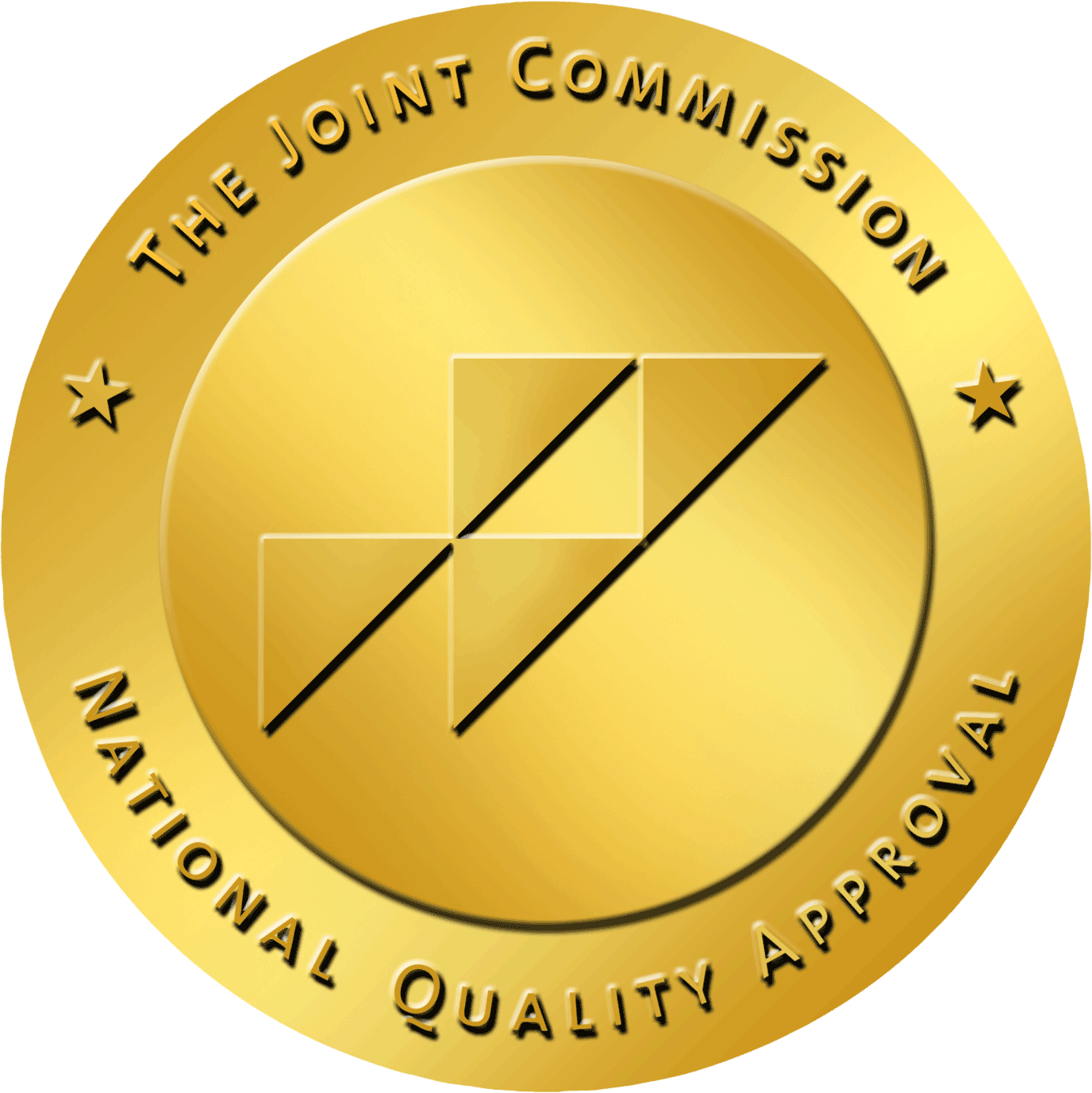News
MRI Scans May Help Identify Two Kinds Of TBI
 Anyone who has dealt with traumatic brain injury will tell you “every one is different.” Symptoms vary, the injury can last from a week to a month or so, any number of factors can alter the manifestation of the injury. The only ways to sort concussions depended on how severe the accident was, and how they responded to subjective questions.
Anyone who has dealt with traumatic brain injury will tell you “every one is different.” Symptoms vary, the injury can last from a week to a month or so, any number of factors can alter the manifestation of the injury. The only ways to sort concussions depended on how severe the accident was, and how they responded to subjective questions.
It appears however, MRI scans may be able to help doctors sort traumatic brain injury patients into more objective categories. According to MIT Technology Review, brain scans may be able to identify two unique types of concussions or TBI.
Researchers from the National Institute of Neurological Disorders and Stroke discovered some TBI patients had “streak-like or linear injuries” they believe are a type of vascular injury related to secondary injuries brought on after more severe TBI. In the aftermath of a more significant brain injury, swelling or auto-immune responses can cause or compound injuries related to the TBI.
The researchers believe these linear injuries, normally found in a particular area of the brain are distinct from punctuate “microbleeds” which appear scattered across the brain. Neurologist Gunjan Parikh said they used MRI’s from very early in in the injury, on average within 17 hours, which most patients for TBI do not receive. Parikh’s findings suggest immediate MRIs could be useful in singling out more severe cases.
“The next step is to use imaging to separate out patients within a couple hours of injury,” he said, to find those mild head trauma patients who have the types of injury that are seen in the brain of people with severe head trauma.



